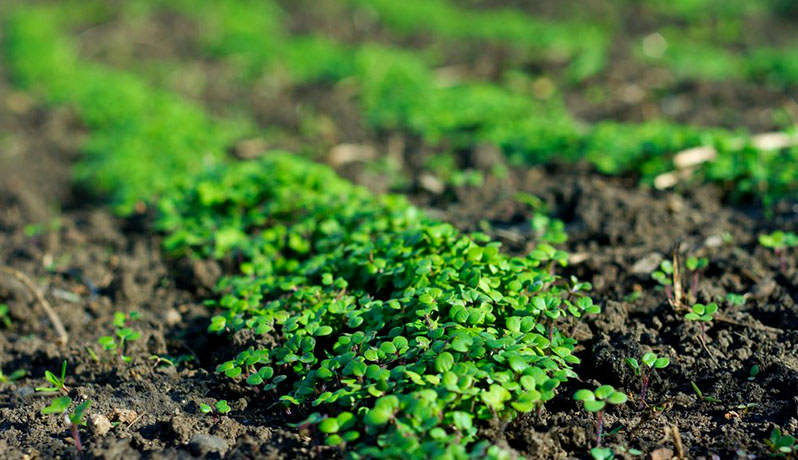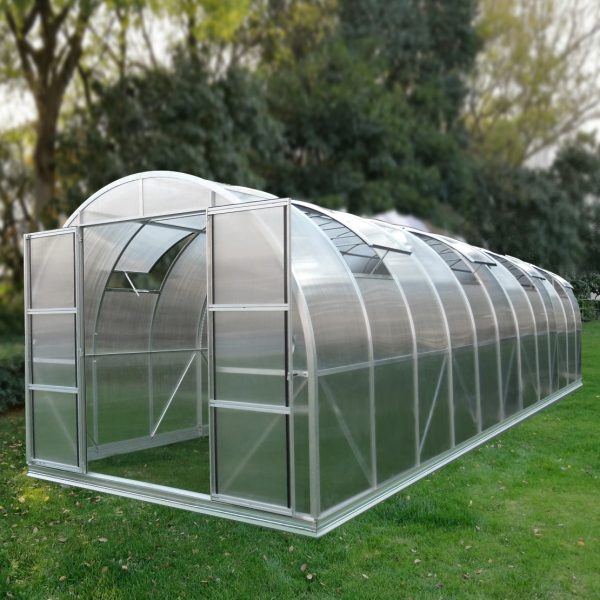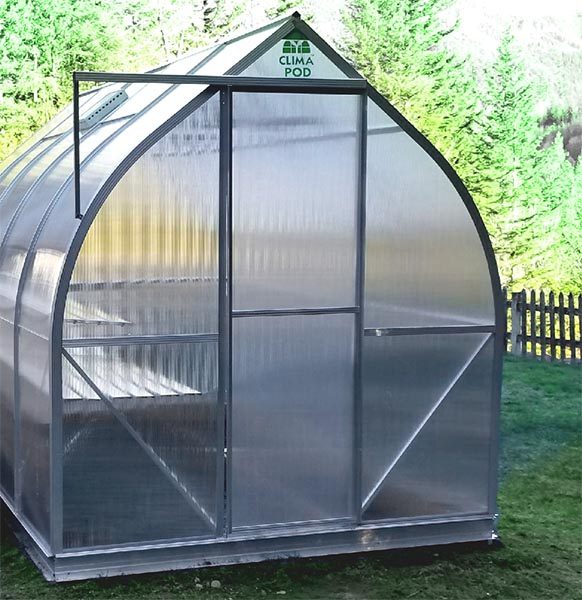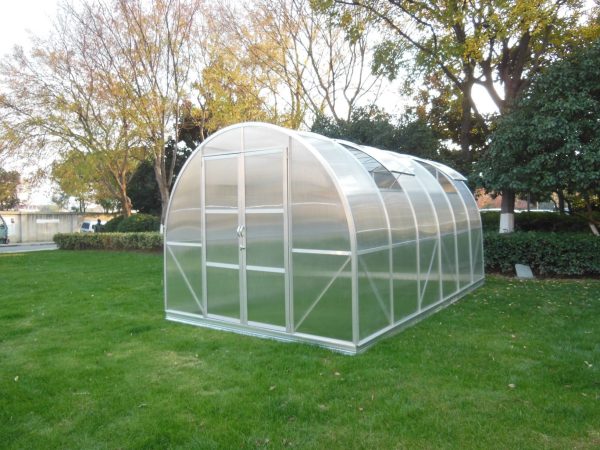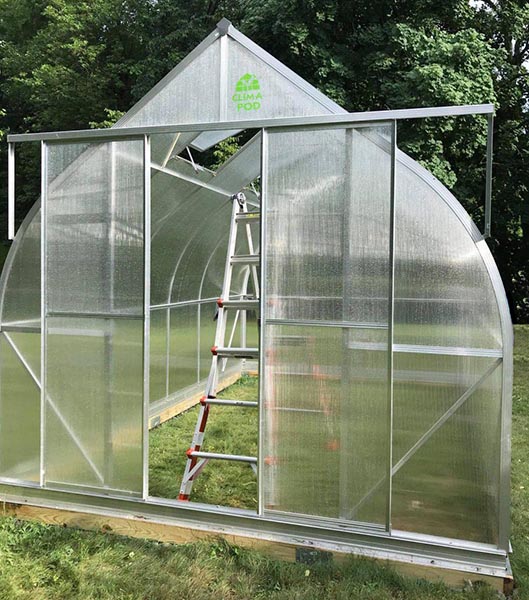What green manure to sow in the fall
For autumn plantings, choose cold-resistant, frost-resistant and quickly gaining green mass crops. They will perfectly prepare the soil for the next season.
The main principle when choosing green manure for sowing in the fall is that plants from the same family cannot be planted in the same area several times in a row. Therefore, in the place where cabbage used to grow or you plan to plant it next year, you should not sow cruciferous crops – mustard, rapeseed, oil radish.
We offer 5 crops that should be sown for the winter as green manure.
Mustard

It is an undemanding, fast growing and cold hardy plant.
The culture has phytoncidal properties. Mustard fights pathogens of rot, scab, late blight. The plant repels the wireworm.
Mustard seeds are sown in August-September after harvest. It grows until the very cold and remains green even when it is covered with snow. The tops of mustard are so tender and decompose so quickly that they don’t even cover them in the ground.
Lupine

The plant is not afraid of frost, in a short period of time it gains a large green mass, and also neutralizes acidic soil. This annual culture repels slugs, codling moth and wireworm.
Lupine roots go to great depths, so they perfectly loosen the earth, enrich it with nitrogen and make difficult-to-digest phosphate compounds available for vegetable plants.
Seeds are sown at a depth of 3-4 cm.
Oats

Culture grows on any soil. Enriches the earth with organic matter, and also converts nitrogen, phosphorus and potassium compounds into a form accessible to most plants. Thanks to strong roots, it improves clay soil and loosens it. Suppresses the growth of weeds, protects against root rot and fungal diseases.
A wonderful predecessor for cucumbers, zucchini and pumpkin.
In order for oats to grow a sufficient amount of green mass before the onset of cold weather, it is better to sow it in early to mid-September. Seed the grains to a depth of 3-4 cm.
Rye as a green manure
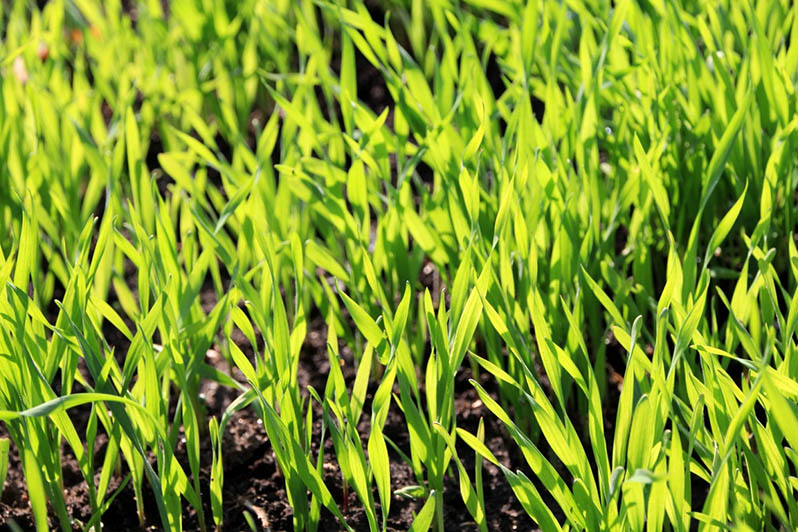
The plant is valued for its unpretentiousness and the ability to perfectly loosen the soil and displace weeds. But its main advantage is in high disinfecting properties. The culture has a detrimental effect on infectious and fungal diseases, and also repels nematodes. It grows on any soil, enriches the earth with nitrogen, potassium and organic compounds. Protects the soil from erosion and quickly gives a green mass.
It is better to sow rye in rows to a depth of 3-4 cm. Close up rye in the soil in early spring.
Phacelia
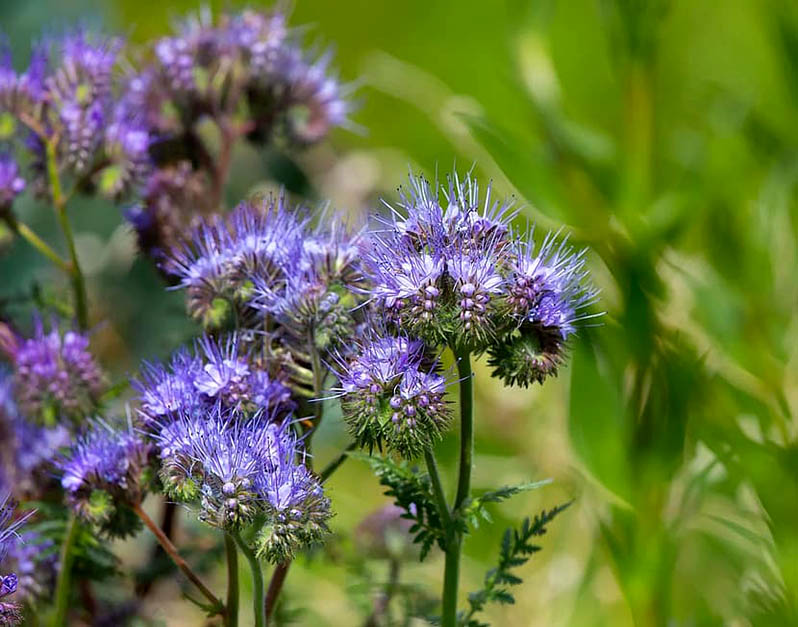
The culture can be used as a green manure for any vegetables. Differs in unpretentiousness, fast growth and cold resistance. It saturates the soil with useful substances, repels wireworms, aphids and nematodes, inhibits the growth of fungi that cause wireworm late blight, aphids and nematodes, and inhibits the growth of fungi that cause late blight and root rot.
Sow until mid-autumn, ideally in September. When sowing, do not plant seeds too deep into the soil. It is enough to scatter them over the surface and slightly loosen the soil with a rake.
Note. To make the soil more fertile, green manure must be changed every season.
To improve the land, not only one type of plant is used, but a mixture of several. You can mix mustard and vetch, oats and vetch, rye and oats. So the earth will receive a double benefit.
Regardless of the crop chosen, if you sow green manure in the fall, by spring you will get restored and fertile soil, which will certainly thank you with a generous harvest.

